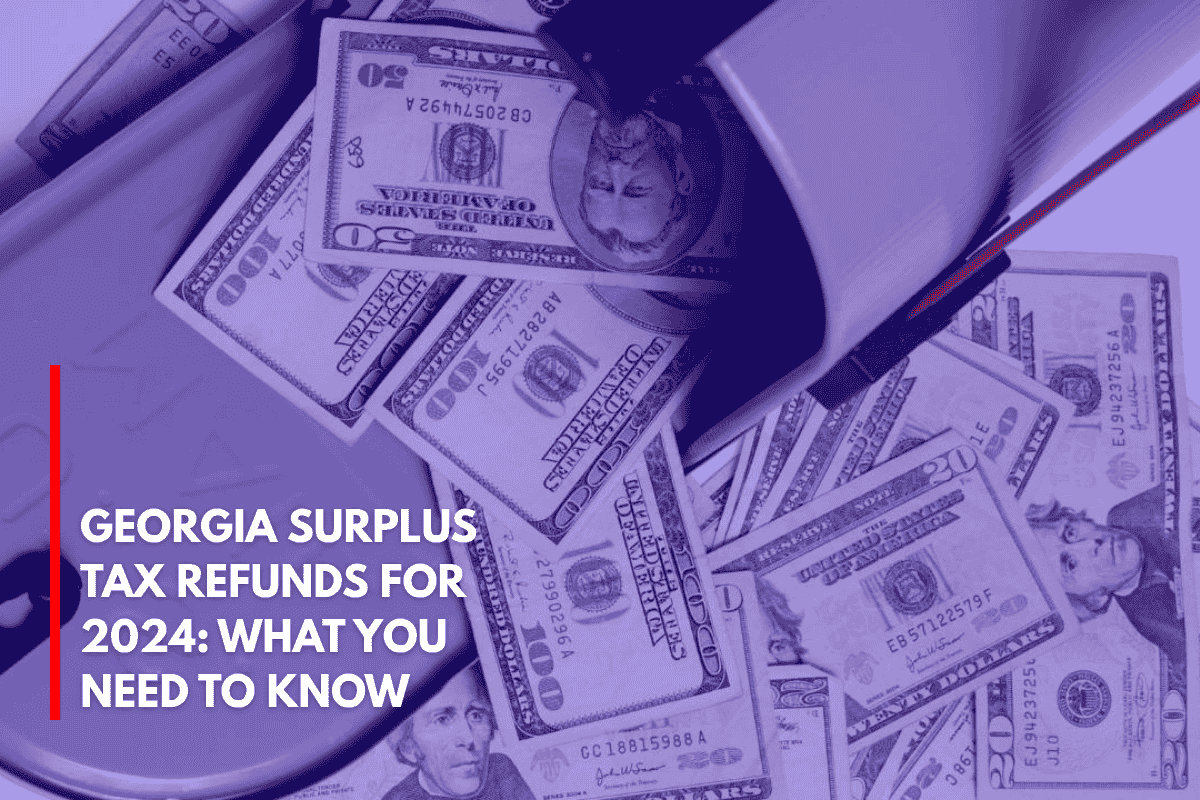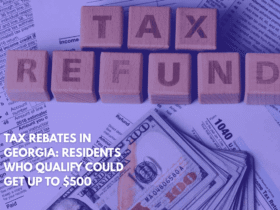In 2024, the state of Georgia is offering surplus tax refunds to millions of taxpayers, thanks to the implementation of House Bill 112 (HB 112). While the IRS no longer has any refunds or stimulus checks to distribute, Georgia’s program is providing relief to eligible individuals.
These surplus tax refunds are being issued daily, and if you’re eligible, you can check the status of your refund online.
Eligibility for the HB 112 Tax Refund
The HB 112 surplus tax refund is available to Georgia taxpayers who meet specific requirements. To qualify, you need to have filed your Individual Income Tax Return for the 2023 and 2024 tax years by the respective deadlines and had a tax liability for the 2023 tax year. Here are the eligibility conditions:
You must file your tax returns for 2023 and 2024 by May 1, 2025, unless you request an extension, in which case the deadline is October 15, 2025.
You must have a tax liability for 2023 (not just a refund).
Georgia residents, part-time residents, and non-residents can all qualify.
Full-time residents who filed on time for both 2023 and 2024 will receive the full refund. Part-time and non-residents will receive a prorated refund.
How Much Will You Receive and When?
The refund amount depends on your filing status in 2023:
Single taxpayers or married taxpayers filing separately: up to $250
Heads of household: up to $375
Married couples filing jointly: up to $500
Refund checks are issued daily, and more than 75% of the previous refunds were issued via direct deposit. However, the refund you receive will not exceed the maximum based on your filing status. For example, if a single taxpayer had a $300 tax liability but the maximum refund is $250, they would receive the $250.
The receipt schedule varies depending on when you filed your taxes, and if you requested an extension for 2024, you have until October 15, 2025, to file.
Why Might Your Refund Not Arrive?
Several reasons could prevent you from receiving the HB 112 refund:
You didn’t file your tax returns for 2023 and 2024 by the deadlines.
You didn’t request an extension by October 15, 2025.
You used an ITIN (Individual Taxpayer Identification Number) instead of a Social Security Number (SSN) when filing.
Your 2023 tax liability was $0.
Your refund is less than $1.00 because it’s prorated.
You were claimed as a dependent without having income in 2023.
Retirees over 62 may not receive the refund if their tax exclusion eliminated their 2023 tax liability.
Checking Your Refund Status
You can use the Surplus Refund Checker tool to check the status of your refund. The tool is updated daily and will help you track when to expect your refund. Make sure to keep an eye on the deadlines and any changes to avoid disqualification.
What To Do If You Don’t Receive Your Refund
If you don’t receive your refund, review your 2023 tax return to check your tax liability. You can find this information on line 16 of Form 500 or line 4 of Form 500EZ. If your 2023 tax liability was less than the maximum refund amount, you’ll receive a refund based on the amount you owe.
Some refunds may be offset due to back taxes, unpaid child support, or other state debts. If this happens, you’ll receive a notification from the agency that applied the offset.
Is the Refund Taxable?
It’s essential to consult a tax professional or accountant to determine if the surplus tax refund is taxable in your case. The taxability of the refund depends on your specific situation, so having an expert guide you can save you from future issues.











Leave a Reply